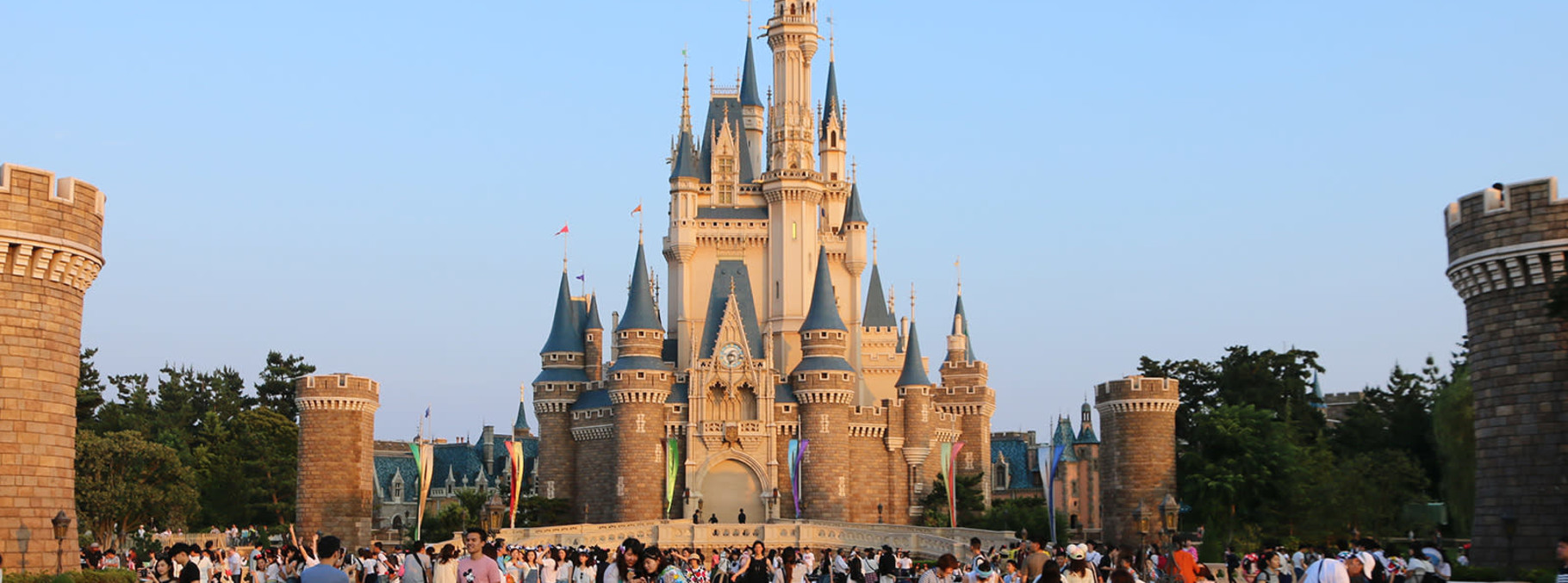
Kamakura, a town steeped in history near Tokyo When it comes to Kamakura, the image of the Daibutsu, Great Buddha, or the Tsurugaoka Hachimangu Shrine pops up in many people's mind. Another image is that of hydrangeas in full bloom in the rainy season. Having said that, Kamakura can be enjoyed all year round.

In spring, you can walk through a cherry blossom road; in summer, you can bask in the glory of the sun, the sea and the many surrounding mountains; in autumn, you can enjoy the overwhelmingly beautiful foliage; while in winter, its to enjoy the serenity offered by the calm sea with a view of Mt. Fuji in the distance. Dotted with temples, shrines and stores selling traditional wares, there is something for everyone in Kamakura.
Timing is everything when it comes to autumn foliage and even though we visited at the beginning of autumn, the leaves hadn't changed color drastically. Anyway, in this feature, we introduce some spots to enjoy the change in season in Kamakura, Kanagawa prefecture.
cafe kaeru

An organic cafe with a garden where you can feel the atmosphere of Kamakura and experience each of the four seasons. The menu is full of dishes made with seasonal, organic produce. Look at how fresh and delicious these vegetables are! You can enjoy a cup of coffee and some desserts too.

Details Business hours: 11:00-17:00 (last entry 16:30) Closed on Wednesdays and Thursdays Map: https://goo.gl/maps/ad8Npg1MnWRney2F8 Official instagram page: https://www.instagram.com/cafekaeru_kamakura/
Hokokuji (報国寺)

Hokokuji Temple is a Rinzai sect Buddhist temple in Kamakura, and was built by Tengan Eko in 1334 (the first year of the Kenmu Era). Although enjoyable in all seasons, the Japanese-style garden inside the temple looks particularly beautiful against a backdrop of the red maple leaves.


Most famous for its bamboo forest, there are about 1000 bamboo trees here. You can walk through the path carved between these tall bamboos and you'll barely be able to see the sky through the dense foliage. The sunlight filtering through the grove creates a soft, shimmering light. One of the most serene spots in Kamakura, the gardens are decorated with ancient artefacts, making one feel like they are in ancient Japan.

After paying yours respects and admiring the nature within this temple, you can enjoy a cup of green tea with the view of the forest. Make sure to buy a drink ticket at the entrance.
Details Opening hours: 9:00-16:00 Entry fee: 300 yen Green tea (with Japanese sweets): 600 yen (last entry 15:30) *Green tea may be cancelled in case of large crowds. *Closed from 29 Dec - Jan 3 *May be closed in case of bad weather *No tripods are allowed for photography Map: https://goo.gl/maps/quCuEpZatvd88nTa9 Official website: https://houkokuji.or.jp
Ichijo Ekan Sanso (一条恵観山荘)

Ichijo Ekan Sanso was built by Ichijo Ekan, 9th son of the Emperor Go-Yozei, the reigning nobility of the early Edo Period (17th century), who loved tea ceremonies and writing waka (Japanese poetry).
Originally built in Nishigamo, Kyoto Prefecture, it was a summer house of the Ichijo family in the mountains. At first glance, the building looks like an ordinary Japanese-style house in the countryside, but it was actually a royal "teahouse" designed by Ekan with a lot of ambition and was a stage for cultural activities in Kyoto.
It was deconstructed and moved to Kamakura in 1959. The rock gardens and other features were recreated in Kamakura making it a spot where you can enjoy a little bit of Kyoto in Kamakura. In 1964, it was designated as an Important Cultural Property.

This is a must-visit if you're coming to Japan in autumn. The zen garden with autumn foliage makes for a phenomenal photo!

Within the park, there are many spots for viewing autumn leaves. Since it is located next to a river, you can listen to the soothing water. There is also a cafe where you can enjoy a cup of green tea.
Ichijo Ekan Sanso (一条恵観山荘) Opening hours: 10:00-16:00 (last entry 15:30) Entry fee: 500 yen Cafe Yamamomotei (かふぇ楊梅亭): 10:00-15:00 (last entry 14:30) Building entry fee: 1,500 yen (Reservations required) Japanese sweet making experience: 5,000 yen (Entrance fee included, Reservations required) Map: https://goo.gl/maps/qzmcufpMKDsGxHiJ8 Official website: https://ekan-sanso.jp
Jomyoji (浄妙寺)

Jomyoji (temple) was built in 1188 by Yoshikane Ashikaga, a feudal lord in the late Heian and early Kamakura period.
Spread over a wide area, you can stroll through the temple precincts while enjoying the autumn foliage. The uniquely curved, copper roof of the main hall is quite stunnning.

Unlike all other Japanese-style buildings in Jomyoji, Ishigama Garden Terrace is a restaurant in a renovated 90-year-old European-style building. There is an English-style garden in front of the restaurant.

They serve dishes made with local vegetables in Kamakura and homemade bread freshly out of their stone oven. You can also savor desserts, a cup of coffee in a large balcony with views of the natural surrounding.

Jomyoji (浄妙寺) Opening hours: 9:00-16:30 Entry fee: 100 yen Map: https://goo.gl/maps/nUD63N6dEVtQH9oH6
Ishigama Garden Terrace (石窯ガーデンテラス) Opening hours: 10:00-17:00 (last entry 16:00) Closed on Monday Map: https://goo.gl/maps/WHrt53cmLQgeMYvQ8 Official website: https://www.ishigama.info
Hasedera (長谷寺)

Even though Hasedera is most popular for its hydrangeas in summer, it is no less beautiful during the autumn light up of the gardens with lots of maple trees.

The garden area is lit up, so you can see the temple in a different atmosphere than the lush green of summer.

Since we visited a little earlier than the peak autumn colors, you can't see how stunning this temple gets in early December.

The zen garden in the Karesansui style (landscape created by rocks and sand) is also very beautiful. The jizo (guardian statues) around the temple are extremely cute.

The temple buildings with a history of about 1300 years are specially illuminated in blue. A digital light show will take place every ten minutes during the light-up period.
Hasedera (長谷寺) Entry fee: Adults 400 yen, Elementary school students 200 yen Light-up starts after sunset (around 16:30), gates to the temple close at 18:30, while to the mountain at 19:00 Light-up period: Nov 1-Dec 20 *The peak autumn colors are from late November to mid-December.

Although this year, many of you may have had to cancel your travel plans for Japan, make a note of these spots for the coming years!
Download the Ikidane Nippon App: iOS / Android Let us know if there is something that needs to be fixed: Feedback Form





